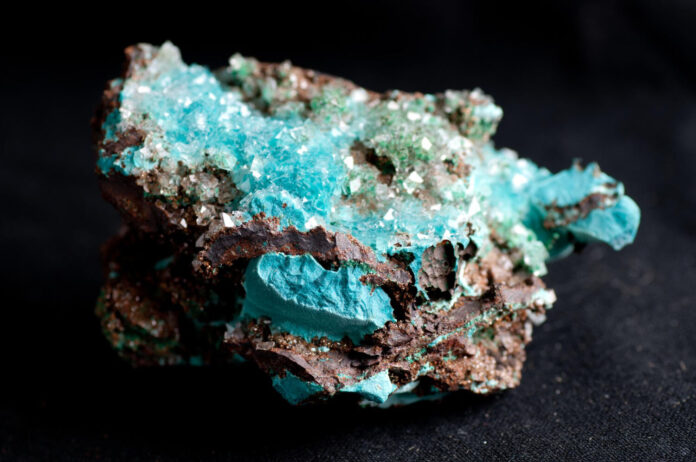The Prince George area will be home to the first carbon capturing/sequestering project in BC.
It is a joint venture between CO2 Lock and Cielo Carbon Solutions who have selected a site 50 kilometres southwest of city limits near Bobtail Lake Provincial Park.
The focus is on a mineral called brucite, which there is quite an abundance of deposits hundreds of meters below the surface.
The brucite reacts with carbon dioxide in a chemical reaction, which hardens the liquid into a crystalized rock locking in the CO2.
“We take the CO2 we mix it with water and inject it underground into brucite and then we recycle the water back out so it can be used and then the CO2 stays underground as stone for a geological time frame,” said Scott Larson, CO2 Lock CEO.
“The first site is about 50 square kilometres where we get the C02 from Prince George, it gets transported on trucks and then overtime in a pipeline we take it, we get it to the site and then it gets mixed with the water and then you drill a hole underground about 400 or 500 metres and the C02 water or club soda mixture gets put down that way.”
CO2 Lock launched as a company three years ago as a subsidiary of FPX Nickel, a company looking to create a major mining project near Fort Saint James.
When asked what makes the Bobtail Lake site so attractive, Larsen stated it all comes down to location and access points.
“It’s good in terms of logging road access, electricity, it is close to Prince George, which generates the CO2. For us to be successful, we need the geology, which is the underground mineral as well as the geography in that we are close to a source of CO2 that we can put down and source.”
Larson noted sometime in 2025, they will inject through a well the first tanker load of CO2, which equates to roughly a couple hundred tonnes.
From there, production will then escalate to 30,000 tonnes in 2026, scaling up to as much as a million annually for the roughly two-decade life span of the project.
“We drilled the first hole about 18 months ago when we tested the site and geology to see what it would look like underground, and the result came back better than we possibly could have expected. We plan to do phase one later this year, but it won’t be a lot.”
“One of the things we noticed when we drilled the whole at the site, is that the brucite kind of starts on the surface and then goes down to about a thousand meters. The top couple hundred meters of brucite was already full of CO2 because for the last time frame, rain falls and then picks up CO2 on the way soaks into the ground and then the CO2 is observed into the brucite.” added Larson.
He noted that compared to our neighbours in the east in Alberta, where the process is on the verge of becoming a multi-billion-dollar industry, BC is still in the infancy stages.
“The way they do it in the prairies in places like Alberta, Saskatchewan and even into the United States is that they put CO2 from the refineries and the emission sources and put them into empty oil and gas wells or empty salient aquifers, which are three to four kilometres down. In BC, we don’t have those, so you have to develop a solution that works with the geography that we have.”
When asked about the total cost of the project, Larson said that it is yet to be determined, stating the beauty of this is that it can expand in scale as the revenue comes in.
The revenue model is a combination of carbon and tax credits as well as joint venture partnerships and licensing the technology will clarify the economics.
Cielo Carbon solutions, the Canadian partner of CarbonQuest, will do the carbon capturing, while CO2 Lock oversees the sequestering.
Something going on in the Prince George area you think people should know about?
Send us a news tip by emailing [email protected].






